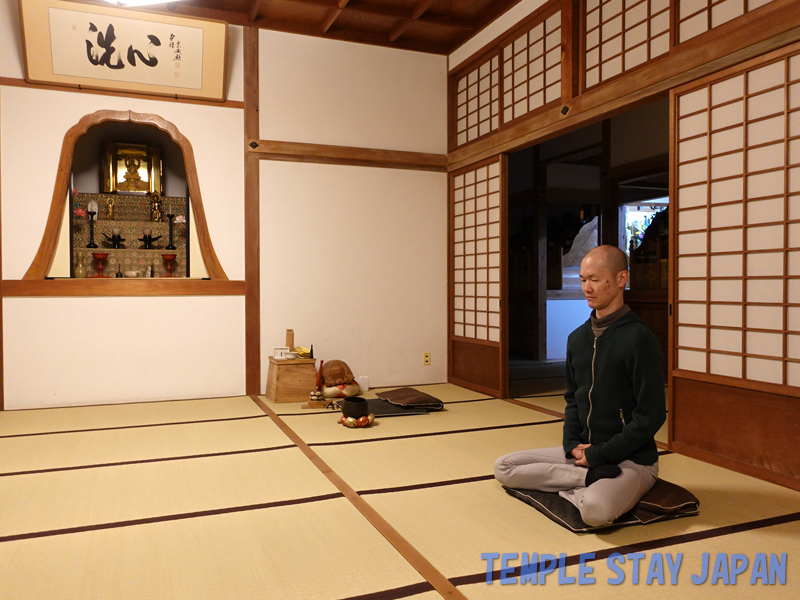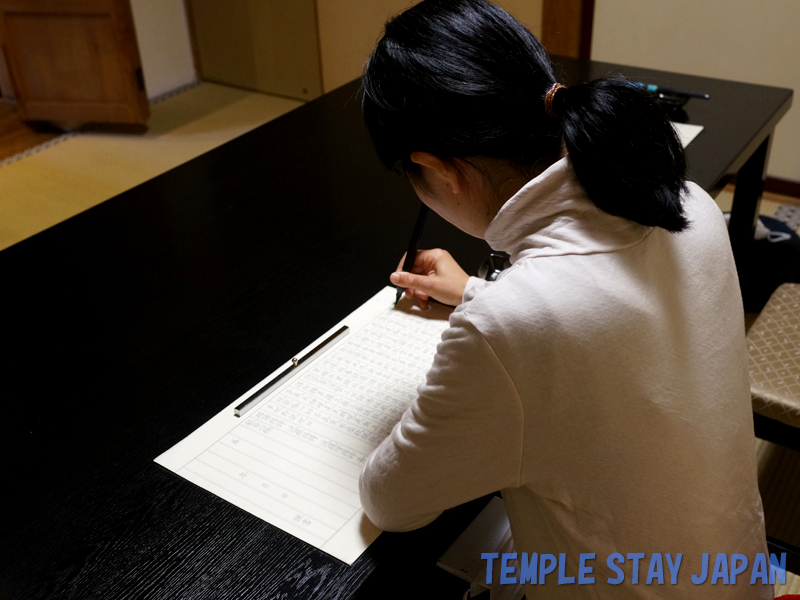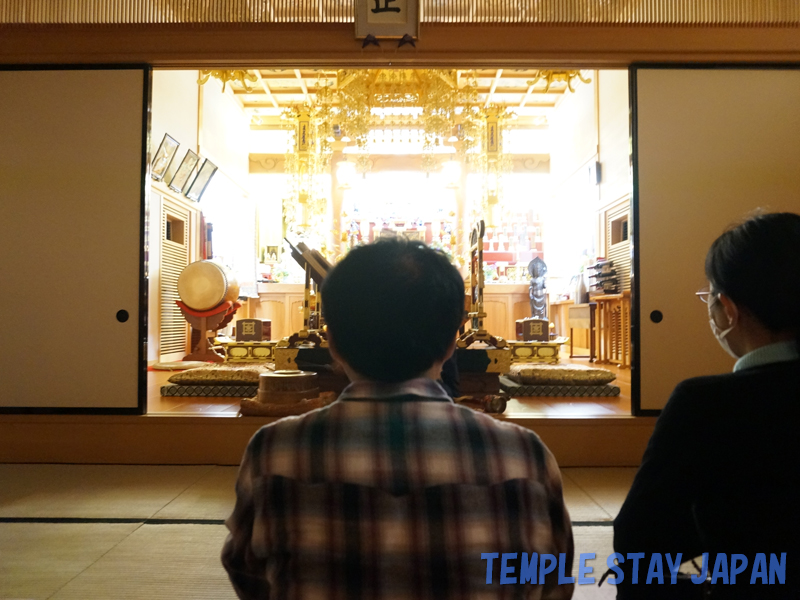stay– category –
-

Shorekiji temple stay (Kyoto)
Shorekiji Temple was founded in 942. It is located in Ayabe City in northern Kyoto Prefecture. The lodgings were opened in renovated 100-year-old detached buildings. Popular activities include zazen in the bamboo forest and the experience of clearing your mind beneath a 600-year-old tree. -

Koyokan temple stay (Shimane)
Yasugi Kiyomizu-dera Temple was founded in 587. The Koyokan was located at the back of the approach to Yasugi-Kiyomizudera Temple. The building and entrance had a time-honoured air about them. The greatest pleasure at Koyokan is the Buddhist vegetarian cuisine. After checking out, I tried out Zen meditation. -

Tsushima-Seizanji temple stay (Nagasaki)
Tsushima is an isolated island located between Kyushu, Japan and Korea. It is also famous as the setting for the video game "Ghost of Tsushima." Tsushima-Seizanji Temple has its origins in the 8th century. I practiced zen meditation in the main hall. After sitting quietly for about 20 minutes, I felt calm. -

Kaizoji temple stay (Kyoto)
Kaizoji Temple was founded in 1050. It is located in the northern part of Kyoto Prefecture, on the Sea of Japan side. Accommodation is limited to one group per day. In the main hall, you can practice zazen, copy sutras, and perform morning services. The meals are Buddhist vegetarian cuisine. -

Fuchinobo temple stay (Nagano)
This lodging is a shukubo of Zenko-ji temple and it has a good reputation for its special shojin vegetarian dishes. You will be guided to worship at Zenko-ji temple in the morning and participate in the grateful receiving of the juzu rosary in front of the main hall. -

The 2nd stage of Pilgrimage, Gokurakuji temple stay (Tokushima)
On the first day of the pilgrimage, I stayed at a shukubo. The large 12 tatami mat room was equipped with a TV set and a restroom. Although it was not shojin vegetarian cuisine, the meals were tasty home cooking. The morning service lasts for about 15 minutes from 6:00. You are free to participate. -

Syokinkan temple stay (Shimane)
Shokinkan is located along the approach to Yasugi-Kiyomizudera Temple. It is a long-established store founded in 1869. I haven't stayed here yet, but I had the Buddhist vegetarian cuisine. Yasugi Kiyomizudera Temple is famous for its imitation squid. It has a chewy texture and I ate it with wasabi and soy sauce. -

The 6th stage of Pilgrimage, Anrakuji temple stay (Tokushima)
The room was a six tatami mat room equipped with air conditioning, a TV and a washbasin. The bath is a hot spring bath with sodium bicarbonate water (containing solid acid carbonate and calcium). After dinner, there was a religious service. Textbooks were distributed and everyone chanted a sutra together. -

Daitaiji temple stay (Wakayama)
Daitaiji Temple was founded 1,200 years ago. There is a shukubo within the temple grounds. There are various temple experiences available, such as Zen meditation, copying sutras, eating rice porridge in the morning, morning services, a Buddha statue viewing tour, a riverside sauna, and evening bell ringing. -

Shimanobo temple stay (Yamanashi)
It has a history of over 700 years and is one of the oldest shukubo in Minobu. After checking in, the first thing we did was try chanting sutras. Enter the main hall, worship, and chant sutras. The pace started out slow, then got faster, then slowed down again at the end.










